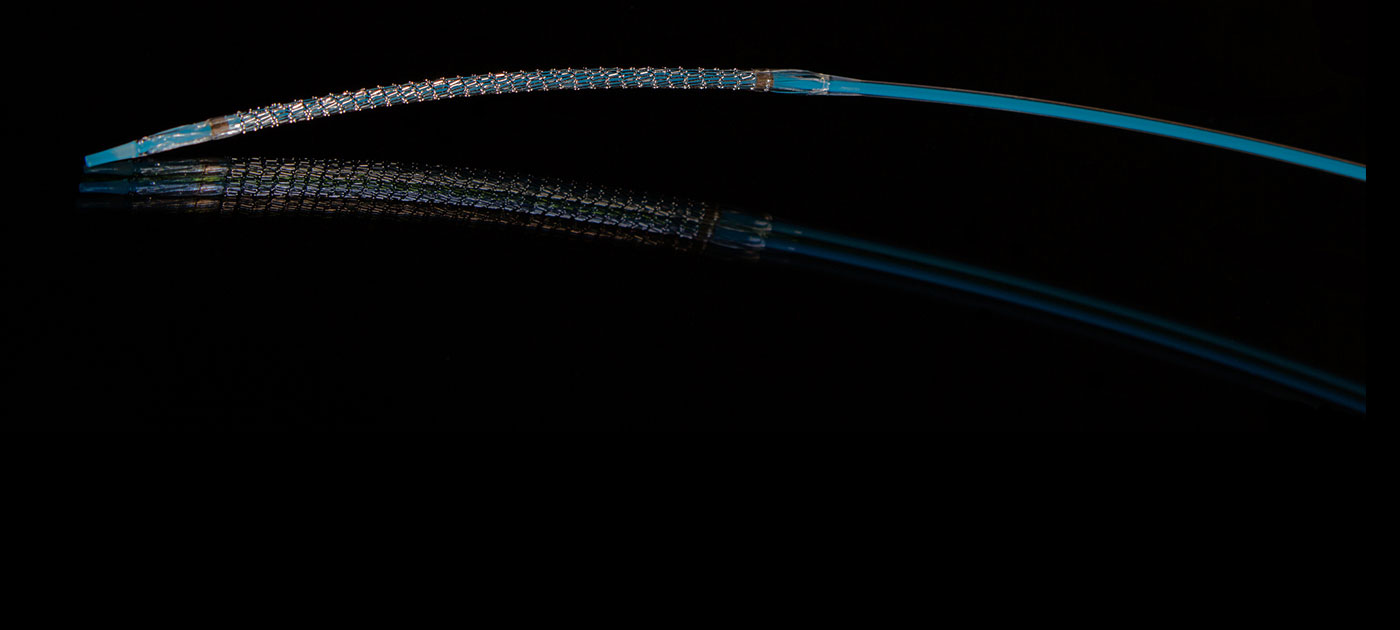IN BRIEF:
- Cardiac stents can help weak arteries stay open to keep blood flowing and prevent heart attacks, but traditional metal stents often cause troubling inflammation.
- Researchers have developed a new type of polymer-based stent infused with aspirin, which releases medicine over time.
- This PolyAspirin stent reduces inflammation, pain, and possible infection after surgery; after serving its purpose, it naturally dissolves.
Inspire, innovate, and invent. Dr. Kathryn Uhrich, a researcher from Rutgers University does just that through her groundbreaking work with polymers, including a novel polymer-based cardiac stent. Coronary stents offer an essential treatment for deadly coronary artery disease (CAD), the leading cause of death in America. This new stent may help the millions of people living with CAD.
As cholesterol and plaque accumulate on the inner walls of coronary arteries, vital blood and oxygen can not reach the heart. This buildup can lead to chest pains, blood clots, and heart attacks.

Through a procedure called percutaneous coronary intervention, a stent, which traditionally is a small mesh tube made of metal, is placed in the artery to help support the inner wall and to restore blood flow. However, the inflammation that occurs around such structures is concerning, causing researchers to search for other materials.
How the Stent Can Help
The polymer-based stent designed by Uhrich and her team is a promising alternative. Although this polymer stent is synthetic, it is entirely safe for human use and dissolves naturally. PolyAspirin is the apt name of this polymer because, once in the body, it degrades into the main component of aspirin or salicylic acid. Since the medicine is released over time, the pain and inflammation relief from the polymer may reduce the need for additional medication.. Unlike regular aspirin, which activates shortly after entering the body, PolyAspirin can preserve its quality as it prolongs its release, allowing users to take pain relievers less frequently and with superior results. PolyAspirin is also nontoxic to the body, avoiding problems often seen with prolonged aspirin use such as stomach ulcers and internal bleeding.
The intricate chemistry of this polymer allows for its advantageous features. While polymers all have similar chemical makeup, they can take a variety of forms such as fibers, coatings, films, and, as with the stent, tubes. Other medicines, such as antibiotics, can also be integrated into the polymer, and release when the surface of the stent starts to break down. This creates a safe stent capable of treating infection, pain, and inflammation with one cohesive remedy.
Future Development
The biodegradable polymeric cardiac stent solves many issues with existing treatments for CAD. The stent is rapidly being developed through clinical trials and human tests, and the potential for PolyAspirin is growing as Uhrich keeps integrating it in new ways. Thanks to her open mind, a way to the heart is opening up.
See Works Cited
Katelyn McCreedy: Editor-in-Chief
Vivian Qiang: Creative Team Coordinator
Aparna Ragupathi: Copy Editor
Lotta Meriluoto: Graphic Designer
Image Credits:
Feature Image: Trägerballon mit Stent #2 Author: A. M. D. CC BY-ND
Cardiac Stent Illustration by cSw Graphic Designer Lotta Meriluoto
This article was written by Miyu Ono. As always, before leaving a response to this article please view our Rules of Conduct. Thanks! -cYw Editorial Staff
